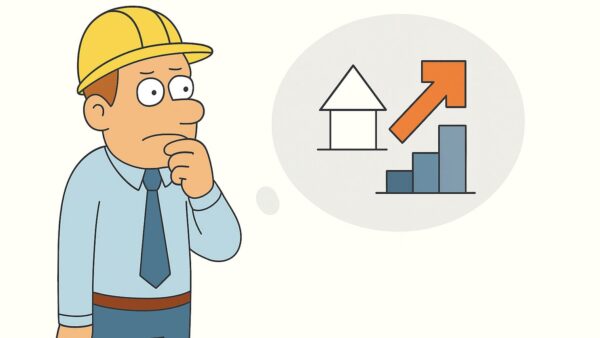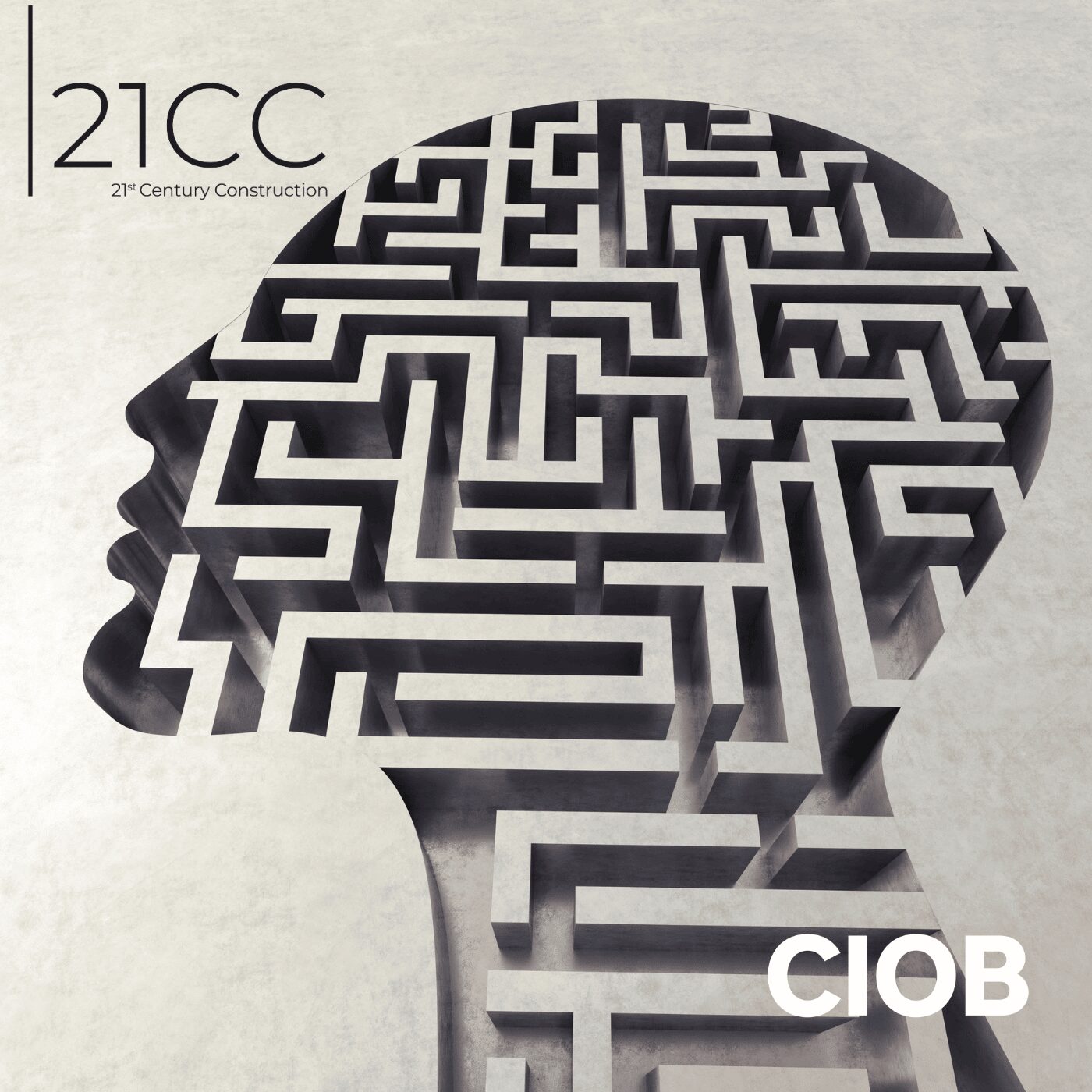David Philp outlines the role digital technologies can have on improving quality in the built environment.
Competitive advantage is increasingly related to maximising customer experience and improved productivity. As such, the quality of our work, particularly in the built environment, extends into a quality customer service provision, which relates very clearly to quality of life, enhancing our communities and stimulating our economy.
Productivity and quality are not mutually exclusive, as Dr Deming (the originator of Total Quality Management) noted: “Improve quality, [and] you automatically improve productivity.”
Tragically, events such as the Grenfell fire, the falling masonry at Oxgangs Primary School in Edinburgh and most recently the Miami bridge collapse have put the lens firmly over construction quality and forced us to have a long hard look in the mirror to reflect on how we are performing.
Worryingly, according to research by the Chartered Institute of Building (CIOB) more than three-quarters of construction professionals believe the industry’s current management of quality is inadequate. It is essential therefore that as professionals we must all do our utmost to close the gap – but how?
Are applied technologies the redeemer of these issues? If we have learned anything from our BIM journey in the UK then it is evident that there is no silver (technology) bullet.
We discovered quickly that any turning of the improvement dial needs to be holistic and that a convergence of capable people, collaborative processes and then supporting technology tools is crucial.
It also necessitates a wrapper of unifying “purpose” and I cannot stress enough how important that is: having a clear north star is essential to better quality service provision.
However, BIM, associated technologies, collaborative working processes and more important, accurate structured data, can undoubtedly significantly help the quality agenda.
BIM lets us prototype a built asset in a virtual environment before it hits the site, ensuring that the design is coordinated, interfaces are managed, buildability is tested and, through a soft landings process, maintainability is simulated.
This is only effective, however, if we use BIM and other virtual design and construct (VDC) applications as a means of bringing teams around the project information models to enhance communication, interrogate and refine the solutions. This proposition can be enhanced by the use of increasingly common immersive technologies such as AR/VR.
While still maturing, we can also use rule-based model checking of the designs for compliance, especially from a regulatory perspective. It is likely that regulatory technologies (reg tech) will continue to develop and it is not unreasonable in the near future to see it becoming a mandatory part of our statutory processes.
With current regulations and guidance seen as too complex, confusing and open to misinterpretation, digitisation of this process with better user interface and better decision making would significantly improve the current system.
Parametric BIM objects can also have a role to play when they have been robustly tested and refined. Tacit knowledge can be infused into these objects by creating simple lessons-learned videos by those that have installed or maintained the physical versions of these systems or products.
Manufacturers can significantly contribute here with high-quality digital product data sheets and installation information such as virtual method statements.
Complementary BIM technologies are already helping, especially in the construction verification process, with a move to continuous data capture of what is actually being assembled on site and the creation of laser scans or, increasingly, 360-degree site photogrammetry linked to the model.
These tools can help assist the site supervisory teams better analyse what is actually being built against the specification on projects which are becoming ever more complex. Having the specification linked to the model will also improve quality assurance functionality through improved clarity and accessibility.
We should also give a massive shout out to Level 1 BIM and its common data environment (CDE) foundation plank. Whilst is it is seen by many as being a cliché, the “single source of truth” for all project information is really important to the quality agenda where everyone can search and find indexed and validated information using laptops or mobile devices no matter where they are. Getting the basics right, without fail is essential. Doing Level 1 BIM well, therefore, is non-negotiable.
For clients that own and operate an estate, BIM plays a massive part in the quality process especially in the event of non-sequential trigger events where it may be necessary to determine across the estate if a particular problematic product or detail has been used.
Other than sending surveyors out on the road or searching through volume after volume of ring binders a simple query should pull together automatically the appropriate information based on computer readable high-quality data with appropriate classifications and meta data.
In addition, we cannot ignore the mutual link between Design for Manufacture and Assembly (DfMA), BIM and high-quality assets. Applying factory quality assurance and testing procedures reduces onsite commissioning and defect rectification which can result in an improvement of up to 70% in reworking and snagging.
Couple this with BIM as a means of optimising standardisation and rationalisation and there is a powerful method of working to unlock these benefits and mitigate the quality risks inherent in traditional labour-intensive ways of building.
Looking forward, advanced technologies such as distributed ledgers will also help the industry move from procurement based largely on capital price tags, where quality issues are prevalent, to whole life outcome-based contracts where quality is inherently incentivised.
In conclusion innovation and technology can and will improve the way we create and maintain our built assets, but we will still be dependent on a skilled and competent workforce with a desire to create high-quality outcomes.
Convergence between good behaviours and innovative technologies is essential and the ultimate test will be in user satisfaction. Poor quality, poor outcomes in our built environment are simply not acceptable – we all owe it to the society we serve to get it right, let’s not waste this crisis.
David Philp FCIOB is global BIM/MIC consultancy director at Aecom and a CIOB Trustee














